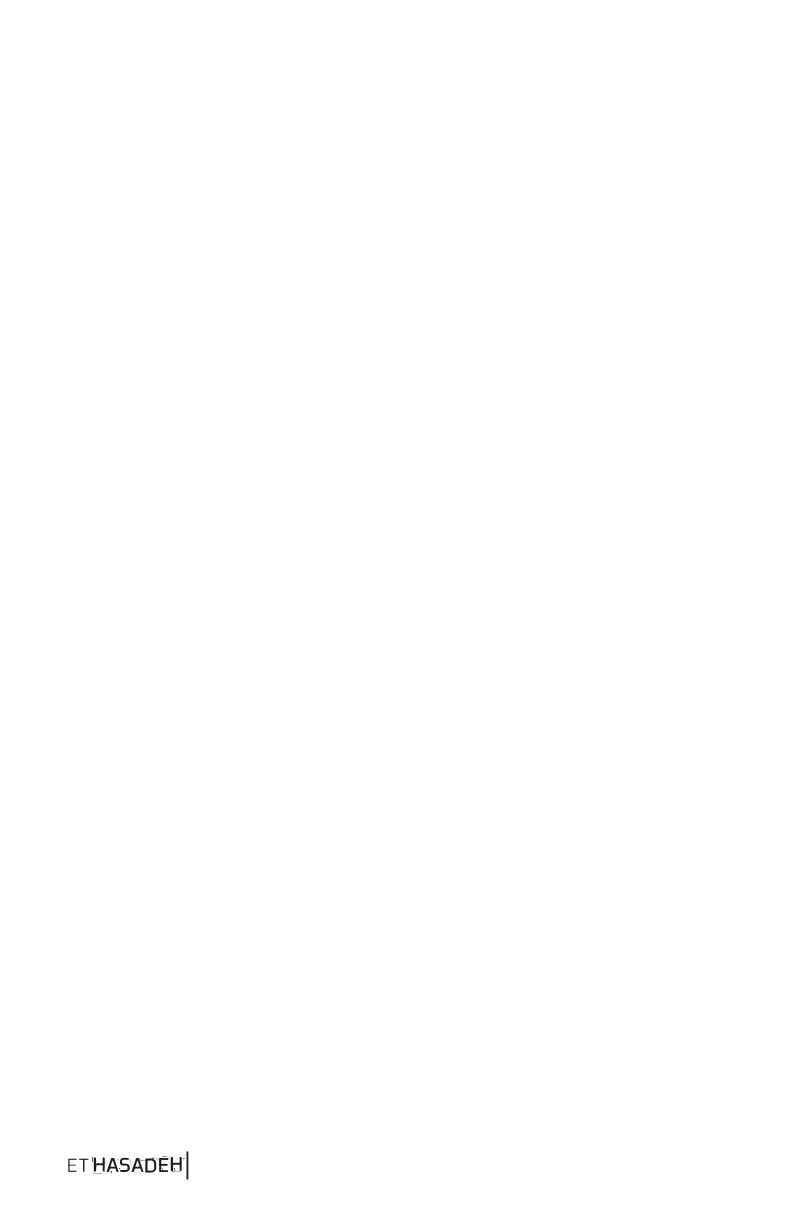

12
facing
the
Israeli
education
system
.
In
her
article
,
she
asks what
containment
is
and
how
it
is
expressed
in
daily
life
,
and
argues
that
dealing with
containment
requires
a
clarification
of
values
,
significances
and
implications
of
education
on students
.
The
second
article
,
by Yifat Klein
,
Program Director
for
children
and
youth with
disabilities
,
presents
readers with an
interesting emotional challenge
:
exposure
to
the
exclusion
that
children
and
youth with
disabilities
experience
in
the
spheres
of
life
in
general
,
and
particularly within
the
context
of
sexual
abuse
.
Questions
such
as whether
and
how
people with
disabilities
tell
about
sexual
abuse
that
they
experienced
;
who
investigates
those
children
and
youth
,
and
with
what
tools
;
what
can
be
done
in
order
to make
life
easier
for
these
children
and
to
increase
their
awareness
,
that
of
the
professionals who
treat
them
,
and
of
the
legal
system
that
is
supposed
to
provide
a
legal
solution
for
this
population
.
Beyond
the
difficulties
with
which
she
fills
her
article
,
Yifat
presents
relevant
and
important
information within
the
context
of
implementing
the
Investigation
and
Testimony
Procedural
Act
(
Accommodations
for
Persons
with
Mental
or
Cognitive Disabilities
).
The
third article was written by Liora Arnon
,
Director of Knowledge Development
at
JDC
-
Israel
Volunteerism
Initiative
.
It
deals with
the
question
of
benefits
and
advantages of youth volunteerism
.
Liora argues
that
the main
research deals with
the
feasibility and with
the advantages of volunteerism
for
the youth
themselves
.
Here
,
she
provides
a
platform
for
discussing
the
benefits
and
the
advantages
for
the
community
,
the
volunteer
organizations
and
the
business sector
.
In
the
second
part of
the
issue
,
Field
Journal
,
we
left
it
to
the written word
alone
to
take
readers
to
spheres
of
professional
,
personal
and
internal
dialogue
.
Here
then
,
experiences and
impressions of professionals may be
seen
.
The
first article
,
by
Amram
Aklom
,
Senior
Program Director
at
JDC
-
Ashalim
,
raises
the
question
of
the
visibility
of
members
of
the
Ethiopian
community
from
his
personal
perspective
,
as
a member of
the
community
.
Amram
’
s
personal
story
reveals
the
community members
’
pain
,
frustration
and
daily
contending with
the
process
of
their
integration
in
Israeli
society
–
being different
,
being other
,
wanting
to be
like
everyone else
.
The
second
article
,
written
by
Nava
Zohar
-
Sykes
,
exposes
us
to
the
author
’
s
personal
journey
into
the
world
of
spiritual
care
.
Nava
,
a
social
worker
and
spiritual
caregiver
,
shares with
us
her
personal
experiences
of
discovering
the
nature of working as a
spiritual
caregiver
.
She discusses
the
connection between


















